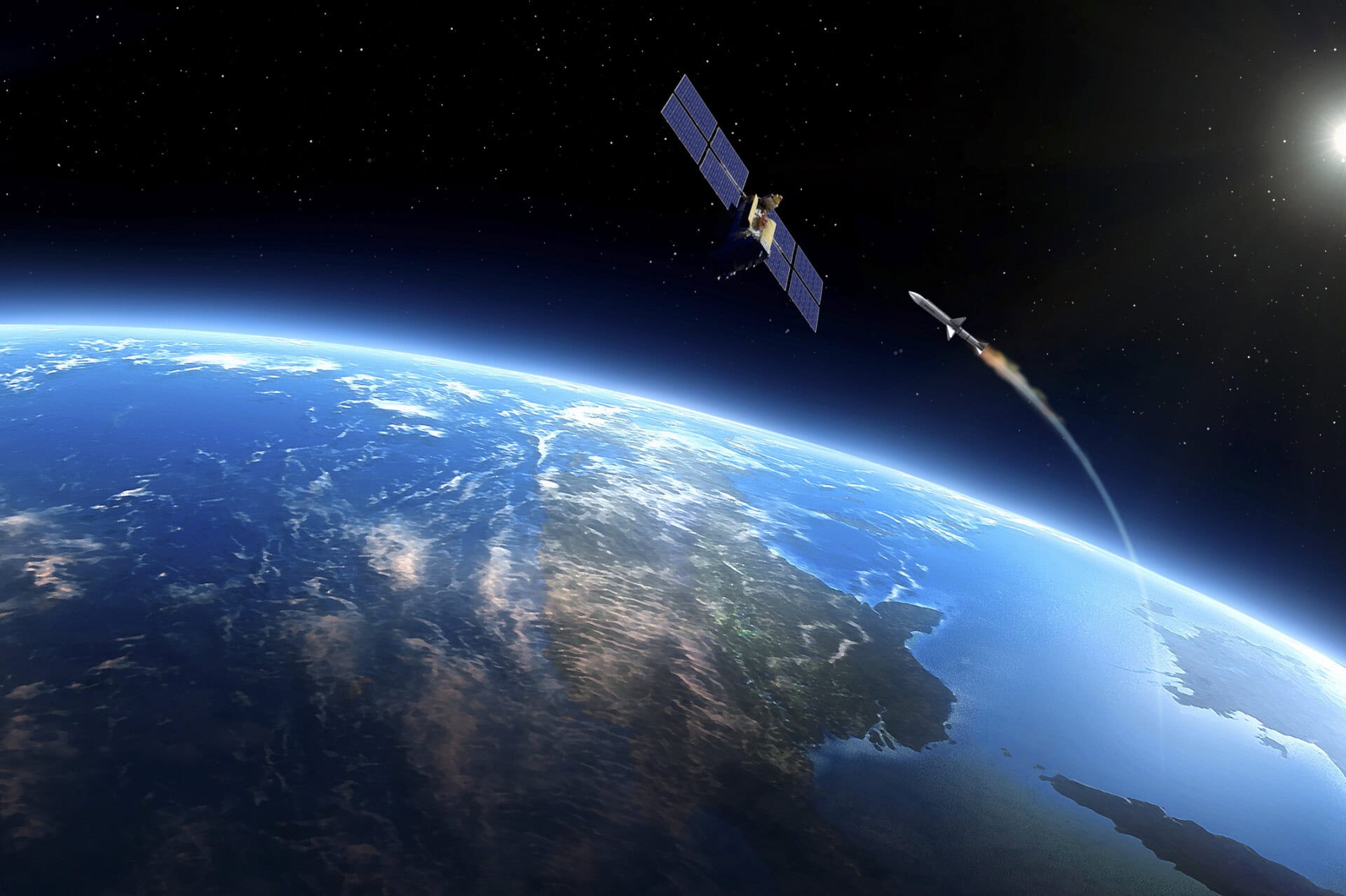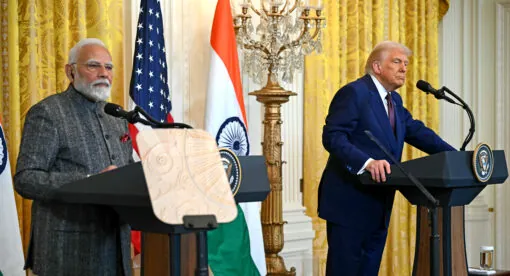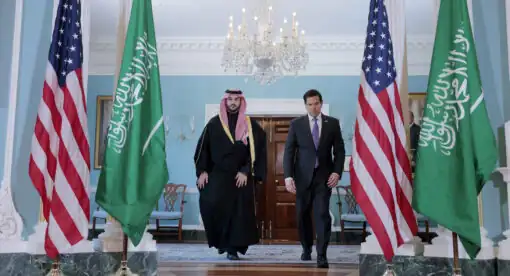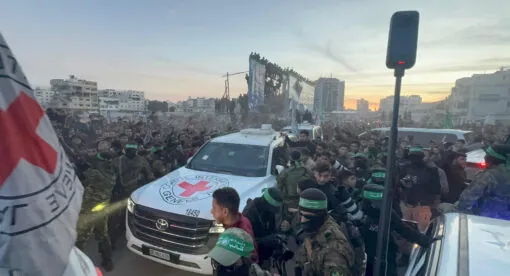Executive Summary
Over the last decade, the Russian military has reorganized itself to fight a war in space. Everything from traditional anti-satellite (ASAT) weapons to co-orbital attack satellites to lasers designed to blind sensitive American satellites has been integrated at increasing rates into Russia’s military arsenal for the purpose of successfully waging a space war against a near-peer rival. Now that the Russo-Ukraine War is underway and the Russian military has struggled to accomplish its strategic goals in the conventional realm, Moscow has the capacity – and will have greater incentive – to escalate its war in Ukraine against the U.S. and its NATO partners in space.
Since President Vladimir Putin’s rise to power, there has been a clash of visions for how the world order should operate. Washington and its allies were content with the unipolar world order the U.S. crafted after the Cold War; Moscow and its Chinese allies were not. Space becomes the most likely arena in which the first shots of any potential conflict between Russia and the West will be fired.
Major Policy Implications
- The longer the Russo-Ukraine War drags on, the more likely Russia is to risk escalation against the United States in space.
- Because the U.S. relies on satellites for its military operations and because Washington has not provided adequate defense for these systems, Russia has organized its forces to fight a space war.
Major Report Takeaways
- Space plays a critical, often unrecognized role in U.S. military operations and American economic transactions.
- Russia is preparing to hold U.S. space systems hostage as part of a larger plan to ensure victory in the Russo-Ukraine war.
- Putin is foreshadowing his intentions, but the West is not listening. It is in this context that U.S. and allied satellites are most vulnerable. Should the U.S. military and its allies lose access to their critical satellites, the military situation in Ukraine and Europe reverses in Russia’s favor entirely.
Major Policy Recommendations
- The U.S. government must view space as more than an extension of U.S. airpower. A doctrine of space dominance and robust space-based missile and satellite defenses must be constructed to deter Russian aggression against critical U.S. satellite constellations.
- A greater embrace of the SpaceX Starlink satellite model for survivable satellite constellations in a time of war is essential if the United States is to maintain its critical satellite capabilities during a space conflict.
- Greater investment must be made to protect U.S. space systems, such as the creation of defensive satellite swarms.
- The U.S. must also make its satellites more interoperable with those of its allies to prevent a total loss of capabilities in the event of a catastrophe.
- Congress must approve a massive infusion of funds into a national space-based missile defense system, in light of increased nuclear threats from both Russia and China as well as Iran and North Korea.
- A legal framework that updates the old international legal regime for space must be created. The Artemis Accords are an excellent basis for such a new framework.
- Washington must declare that an attack on critical U.S. satellite constellations would constitute an act of war






